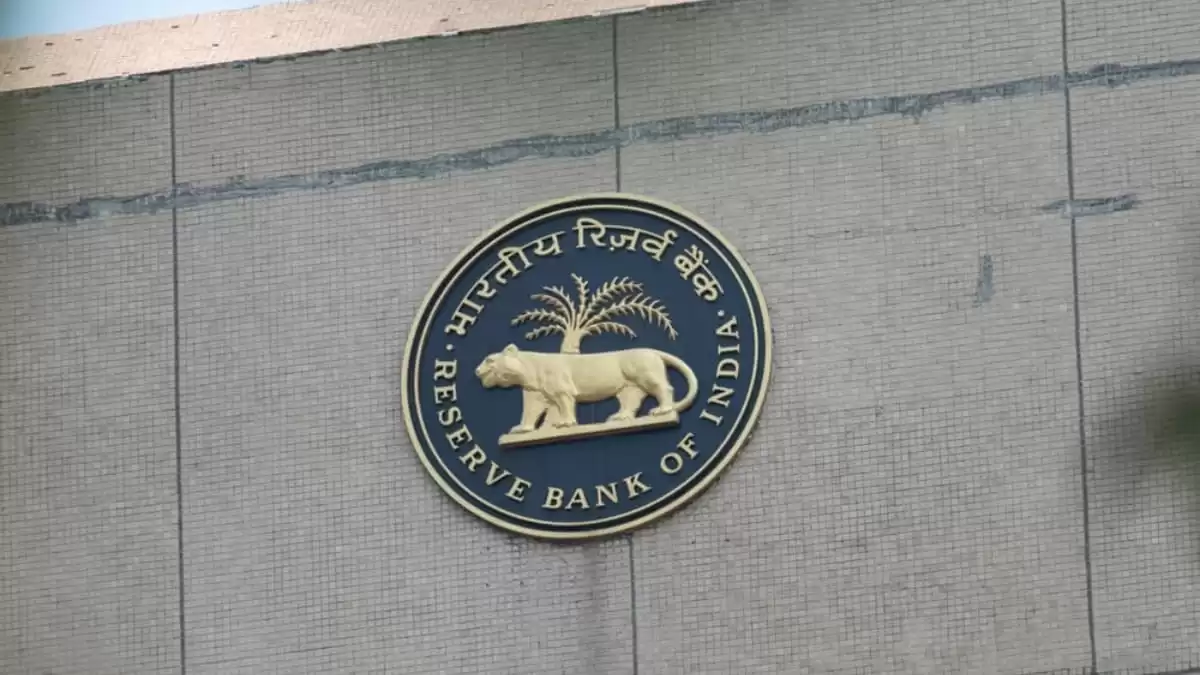New Delhi: The MPC of the RBI concluded its meetings on February 7, after which everyone around was curious over whether the all-important repo rate would be indeed cut. Actually, it’s been almost half a decade when the repo had last gone downwards, and slowdown in economic activities had become common, and as such many also felt that had become the perfect time to so do.
Most economists had said that the small cut, pegged at 25 basis points, would trim the repo rate from 6.5 per cent to 6.25 per cent. Some even prophesied the beginning of an easing cycle when more cuts will be seen again in April and later in the year. There was simple logic behind it; with inflation showing signs of abating and with GDP growth still showing signs of strain, softer borrowing costs should help increase both spending and investments.
While inflation had been concerning for some time now, it seemed to be stabilizing. In December, retail inflation dipped to 5.22%, its lowest in four months. Analysts were expecting it to dip even more, averaging around 4.8% for the year. That gave the RBI some elbow room to shift its focus from controlling prices to supporting economic growth.
The Union Budget recently announced is also an important factor. With income tax cuts and changes in the tax deduction limits, the central government wanted to put more money in people’s hands. If spending picked up, it could probably give that economy the boost needed. A lower repo rate would add further to that momentum-the loans would become cheaper for everybody, be it a business or consumer.
But while there was optimism about a rate cut, global uncertainties were making things complicated. The world was watching how new tariffs imposed by US President Donald Trump on Canada, Mexico, and China would impact global trade. The ripple effect had already begun, currencies were fluctuating, the dollar was strengthening, and the rupee was feeling the pressure. In such an unpredictable environment, the RBI had to tread carefully.
The RBI had already done the needful to keep liquidity flowing by pumping funds into the market through forex swaps, open market operations, and repo transactions. Some even felt it would take it a step further and reduce the cash reserve ratio (CRR), freeing up more money for banks to lend. The same thing was done in December, which infused ₹1.16 lakh crore into the system.
This meeting was very important because this was the first meeting under the new leadership of the RBI Governor, Sanjay Malhotra. Markets were keenly observing his tone and direction. Would he start providing signals for a more growth-friendly policy, or would he maintain a cautious wait-and-watch approach? His words would set the tone for the months ahead.
Now, with the meeting over, the focus shifts to the RBI’s decision and how the markets will react. Will borrowing become cheaper? Will businesses and consumers feel the relief they’ve been waiting for? Whatever happens next, one thing is clear, this decision could shape the economic outlook for the rest of the year.





